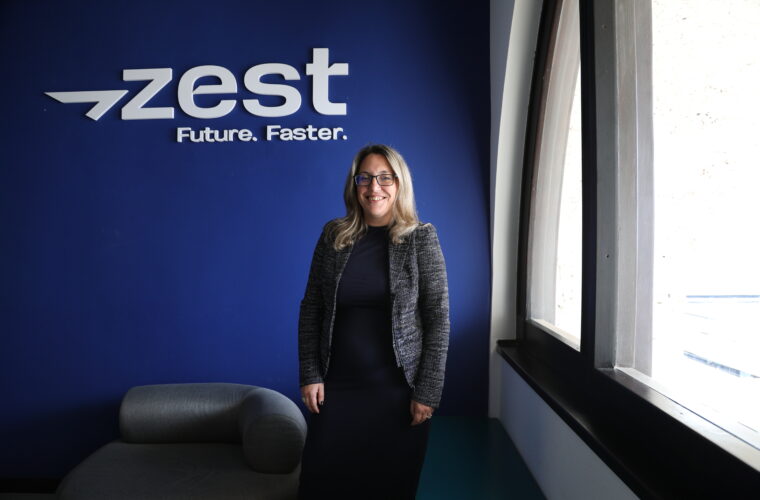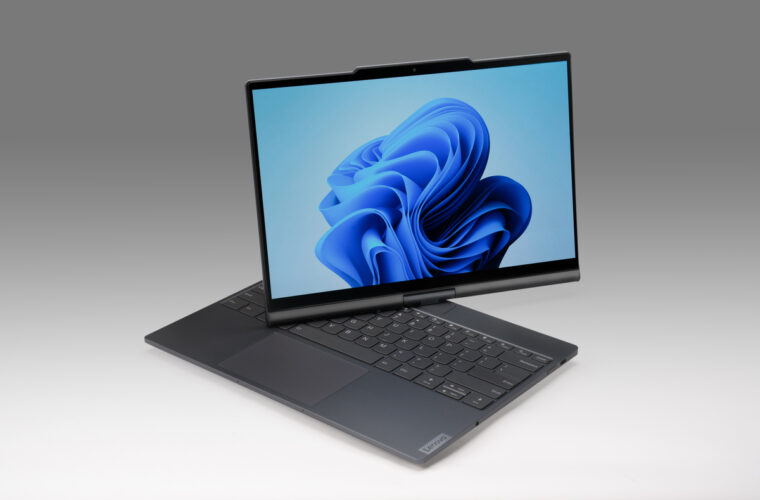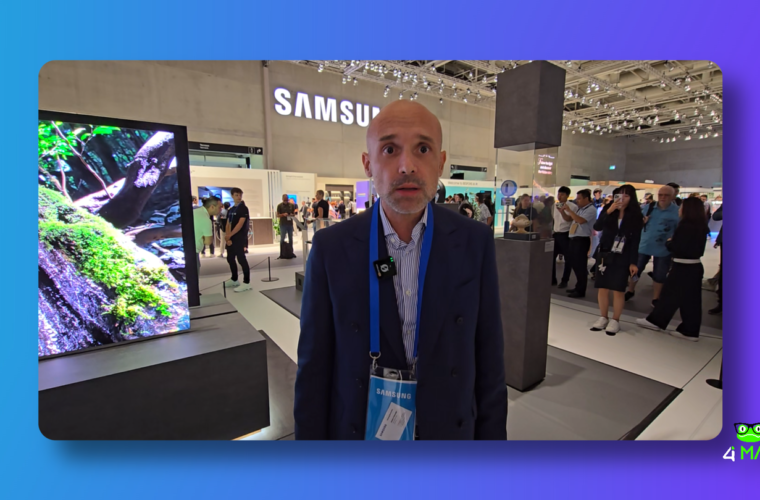LG Electronics: Dreaming of a home managed by a virtual and digital assistant is easy, as literature, films, and TV series have accustomed us by now. But, today, wired and structured home automation still remains a luxury within the reach of few, given the high costs of design and installation, in the order of several thousand euros. This is why many manufacturers are launching themselves into the smart home, a system where protocols such as KNX, known to experts in the sector, are not used. Instead, the user can buy many small and large accessories and connect them to a hub. This brain puts them in communication and creates automation through a simplified interface.
Alexa has started to do this, but not creating automation is limiting because it is confined to smartphones, like Apple with HomeKit and Samsung with SmartThings. LG had started off a little behind, but with IFA 2024, it announced the coup with the acquisition of Athom, a company that produces Homey Pro. The device, which now becomes LG ThinQ On, is a smart hub compatible with thousands of products and hundreds of brands, from sensors to smart devices.
LG Electronics
However, ThinQ On is not the only element of LG’s smart home: Korean appliances, such as washing machines, ovens, and dryers, have already become smart for some time. All these products have started to connect to the network to send us notifications and to be controlled from smartphones or directly from the latest generation of TVs. With IFA, the range is being expanded, new appliances are arriving that aim to save energy with even more efficient performance, and artificial intelligence uses sensors (in washing machines and dryers) and cameras (in the oven) to adapt the program to the content, whether it is clothes or a dish to be cooked.



